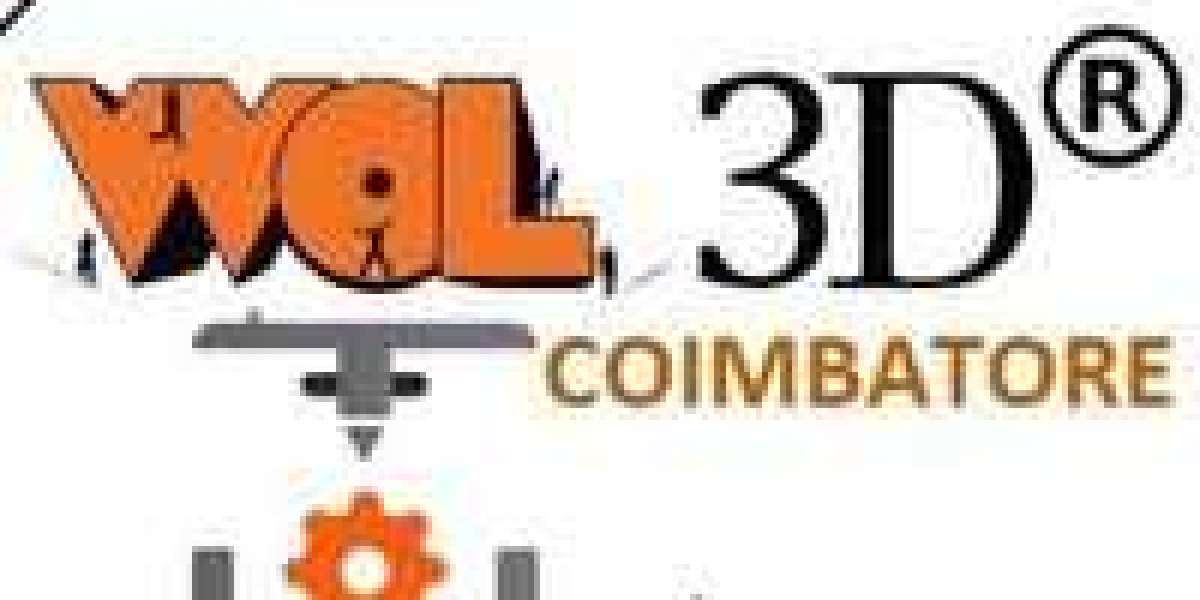3D printing has revolutionized various industries, offering unprecedented flexibility and innovation. However, with these advancements come new safety challenges. Ensuring 3D printing safety is paramount to protect your employees from potential hazards. This article delves into essential safety measures you need to know.
Understanding the Hazards of 3D Printing
3D printing involves several processes that can pose risks. These include exposure to harmful chemicals, inhalation of fine particles, and potential burns from high-temperature equipment. Are you aware of the specific hazards associated with your 3D printing setup?
“Safety is not just a priority; it is a prerequisite for any successful 3D printing operation.”
Implementing Proper Ventilation
One of the most critical aspects of 3D printing safety is ensuring adequate ventilation. Many 3D printers emit volatile organic compounds (VOCs) and ultrafine particles (UFPs) that can be harmful when inhaled. Therefore, it is essential to install proper ventilation systems to mitigate these risks.
- Use fume hoods or exhaust systems to capture and filter out harmful emissions.
- Ensure the workspace is well-ventilated with fresh air circulation.
- Regularly maintain and inspect ventilation equipment to ensure optimal performance.
Personal Protective Equipment (PPE)
Personal Protective Equipment (PPE) is crucial for safeguarding employees. Depending on the materials and processes used, different types of PPE may be required. Do your employees have access to the necessary protective gear?
- Respirators or masks to prevent inhalation of harmful particles.
- Gloves to protect hands from chemicals and high temperatures.
- Safety goggles to shield eyes from debris and chemical splashes.
Safe Handling of Materials
Proper handling and storage of 3D printing materials are vital for 3D printing safety. Many materials, such as resins and powders, can be hazardous if not managed correctly. Ensure that employees are trained in safe handling procedures and that materials are stored in labeled, secure containers.
Regular Maintenance and Inspection
Regular maintenance and inspection of 3D printing equipment can prevent accidents and ensure safe operation. Establish a routine maintenance schedule and keep detailed records of inspections and repairs. This proactive approach can identify potential issues before they become serious problems.
Training and Education
Continuous training and education are essential components of 3D printing safety. Employees should be well-versed in safety protocols and emergency procedures. Consider implementing regular safety drills and refresher courses to keep safety top of mind.
For more detailed information, you can refer to the 3D Printing Safety Guide.
Conclusion
Ensuring 3D printing safety is a multifaceted endeavor that requires attention to detail and a commitment to best practices. By implementing proper ventilation, providing appropriate PPE, handling materials safely, maintaining equipment, and educating employees, you can create a safe and productive 3D printing environment.
For a practical demonstration of these safety measures, watch this 3D Printing Safety Video.
References









